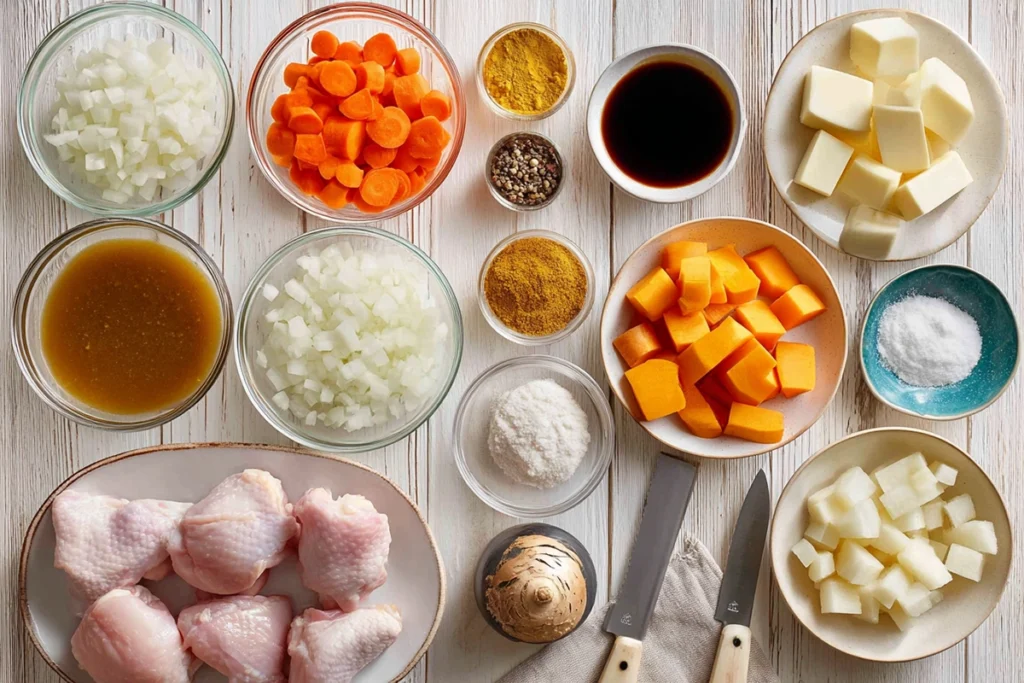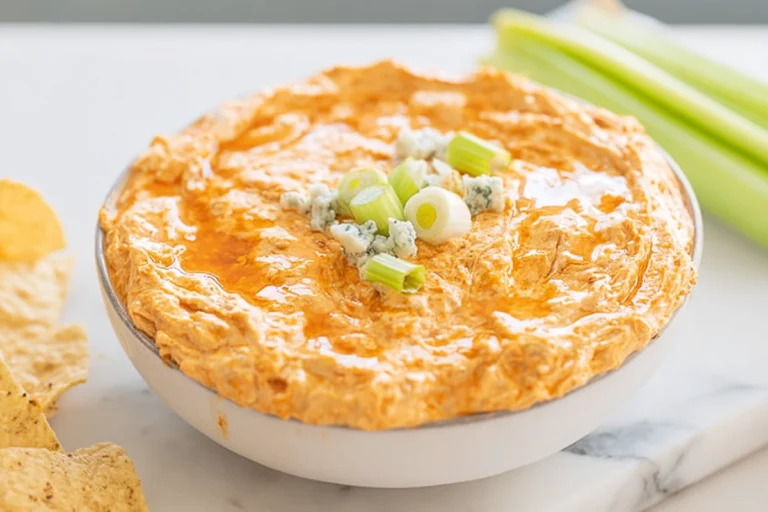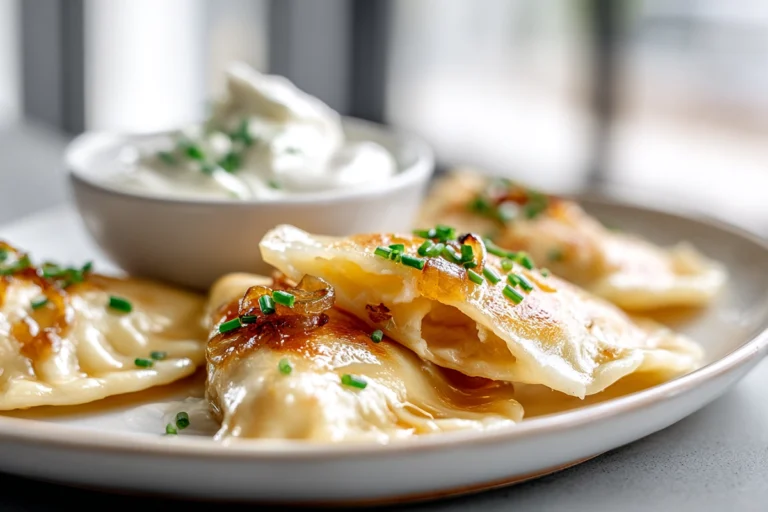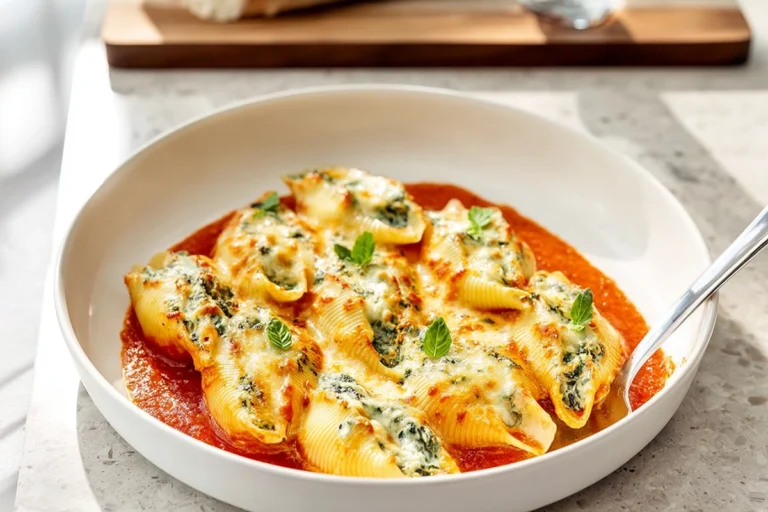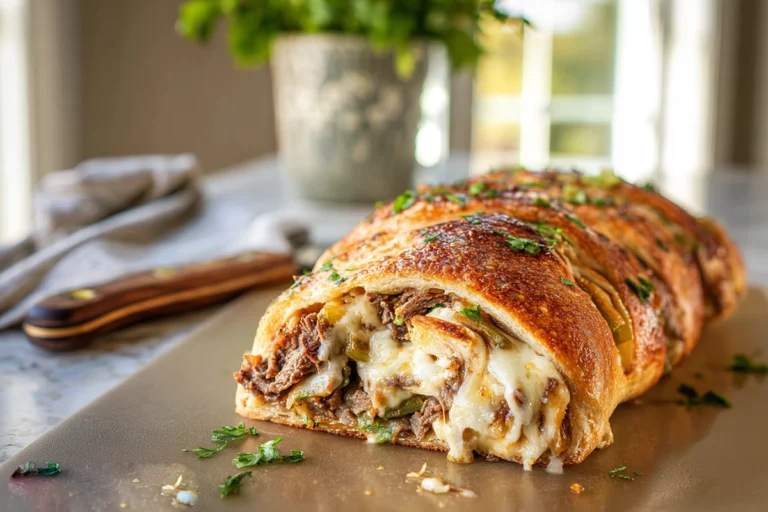How to Make Japanese Curry at Home: The Cozy Comfort Food You’ll Crave All Year
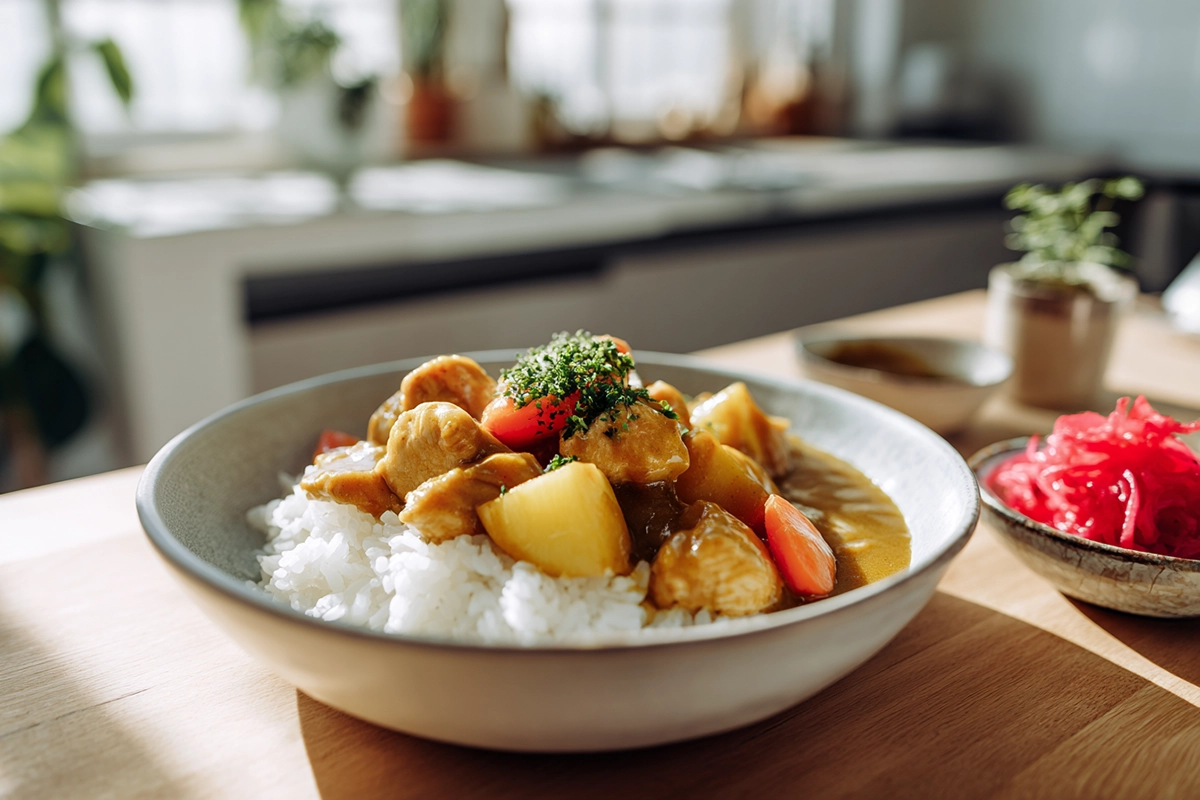
There’s something magical about a simmering pot of curry on a cool evening — the air thick with warm spices, the promise of a comforting meal just minutes away. The first time I made Japanese curry, I expected a fiery spice bomb like Indian curry. Instead, I discovered a mellow, savory-sweet stew that hugged each grain of rice like a cozy blanket. If you’ve ever wondered how to make Japanese curry that tastes just as good as what you’d find in Tokyo cafés, you’re about to fall in love with how simple and satisfying it really is.
This dish, called kare raisu in Japan, is the kind of everyday meal families make on busy weeknights. It’s hearty, flavorful, and deeply comforting — like the Japanese equivalent of chicken pot pie or beef stew. You can make it from scratch or with the help of those iconic curry roux cubes that line every Asian grocery store shelf.
What Is Japanese Curry?
Unlike the vibrant, chili-packed curries from India or Thailand, Japanese curry has a thicker, gravy-like texture and a mild sweetness that balances its gentle spice. It was first introduced to Japan by the British Navy in the 19th century, adapted from Indian flavors, and then transformed into something uniquely Japanese.
You’ll notice right away how smooth and rich it is. The sauce gets its body from a roux — a cooked mixture of butter, flour, and spices — which creates that signature velvety consistency. The flavor leans more toward umami than heat, thanks to ingredients like caramelized onions, soy sauce, apple, and sometimes a splash of Worcestershire or ketchup for depth.
It’s a dish that feels indulgent but familiar, the kind of comfort food you can serve to anyone, from spice lovers to picky eaters.
Print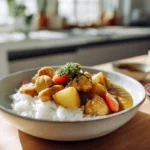
How to Make Japanese Curry at Home
- Total Time: 1 hour
- Yield: 4 servings 1x
- Diet: Halal
Description
This comforting Japanese curry recipe brings the rich, savory-sweet flavors of Japan’s most beloved home-style dish to your kitchen. Tender chunks of chicken, carrots, and potatoes simmer in a smooth, flavorful curry sauce thickened with a homemade roux. Perfect over steamed rice, it’s a warm and satisfying meal for any night of the week.
Ingredients
1 ½ pounds boneless, skinless chicken thighs (or beef/pork cubes)
2 tablespoons vegetable oil or butter
2 medium onions, finely sliced
3 carrots, peeled and cut into chunks
2 medium potatoes, peeled and diced
2 garlic cloves, minced
1 tablespoon fresh ginger, grated
4 cups chicken or vegetable broth
For the Curry Roux (if homemade):
3 tablespoons butter
3 tablespoons flour
1 tablespoon curry powder
1 teaspoon garam masala
½ teaspoon cayenne pepper (optional)
Flavor Boosters:
1 tablespoon soy sauce
1 tablespoon ketchup
1 teaspoon honey or grated apple
Salt and pepper to taste
To Serve:
Steamed short-grain rice
Pickled radish (fukujinzuke) for garnish
Instructions
-
Heat oil or butter in a large pot over medium heat. Add onions and cook until golden and caramelized, about 10–15 minutes.
-
Add garlic and ginger, stirring until fragrant.
-
Add chicken and brown lightly on all sides.
-
Add carrots, potatoes, and broth. Bring to a boil, skim off foam, then reduce to a gentle simmer for 15–20 minutes.
-
In a separate saucepan, melt butter and whisk in flour to make a roux. Cook until golden, then add curry powder, garam masala, and cayenne.
-
Ladle a small amount of hot broth into the roux to loosen it, then stir the roux mixture into the main pot.
-
Stir in soy sauce, ketchup, and honey or grated apple. Simmer for another 5–10 minutes until thick and glossy.
-
Serve over steamed rice, topped with pickled radish or parsley.
Notes
You can replace chicken with tofu or mushrooms for a vegetarian version.
The curry tastes even better the next day as the flavors deepen overnight.
Adjust the spice level by adding more or less cayenne or curry powder.
Store leftovers in the refrigerator for up to 3 days or freeze for up to 1 month.
- Prep Time: 20 minutes
- Cook Time: 40 minutes
- Category: Main Course
- Method: Simmering
- Cuisine: Japanese
Nutrition
- Serving Size: 1 serving
- Calories: 480 kcal
- Sugar: 7 g
- Sodium: 820 mg
- Fat: 22 g
- Saturated Fat: 9 g
- Unsaturated Fat: 12 g
- Trans Fat: 0 g
- Carbohydrates: 45 g
- Fiber: 4 g
- Protein: 28 g
- Cholesterol: 95 mg
Ingredients & Key Components
To make Japanese curry from scratch, you’ll need simple ingredients that come together beautifully:
Main Ingredients
- 1 ½ pounds boneless, skinless chicken thighs (or beef/pork cubes)
- 2 tablespoons vegetable oil or butter
- 2 medium onions, finely sliced
- 3 carrots, peeled and cut into chunks
- 2 medium potatoes, peeled and diced
- 2 garlic cloves, minced
- 1 tablespoon fresh ginger, grated
- 4 cups chicken or vegetable broth
For the Curry Roux (if making from scratch)
- 3 tablespoons butter
- 3 tablespoons flour
- 1 tablespoon curry powder
- 1 teaspoon garam masala
- ½ teaspoon cayenne (optional for spice)
Flavor Boosters (optional but recommended)
- 1 tablespoon soy sauce
- 1 tablespoon ketchup
- 1 teaspoon honey or grated apple
- Salt and pepper to taste
To Serve
- Steamed short-grain rice
- Pickled radish or fukujinzuke for garnish
These ingredients build layers of flavor: sweet from onions and carrots, savory from the roux and broth, and a touch of fruitiness that makes the sauce shine.
Step-by-Step: How to Make Japanese Curry
Making Japanese curry feels like a slow dance — gentle steps, each adding something special.
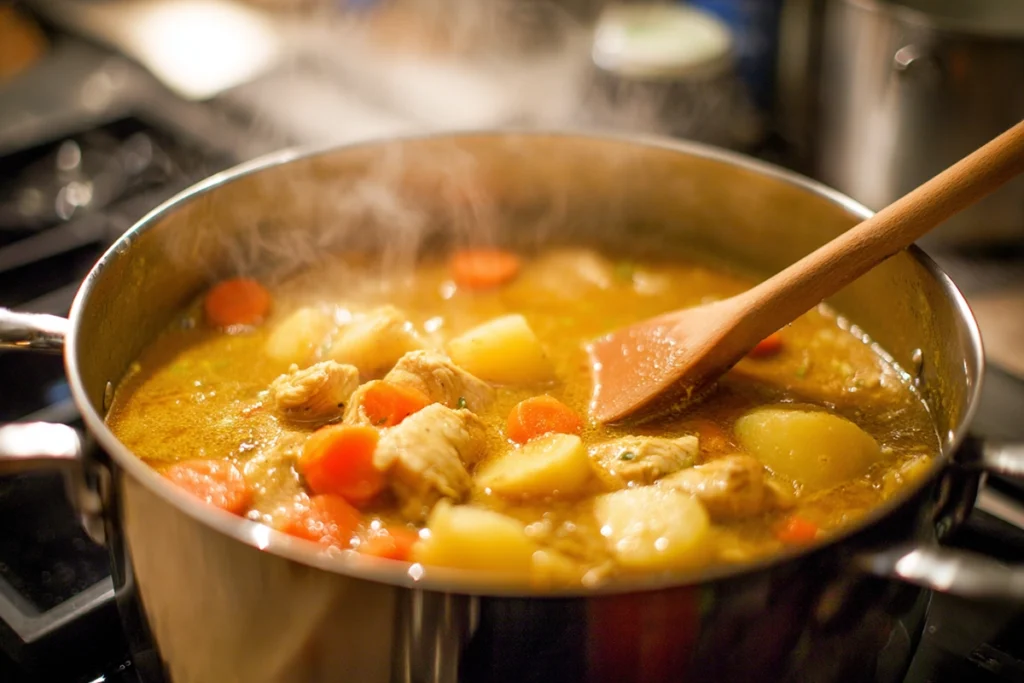
Sauté the Aromatics
Heat oil in a large pot over medium heat. Add onions and cook slowly until golden and caramelized — about 10 to 15 minutes. Stir in garlic and ginger until fragrant.
Brown the Meat
Add your chicken (or beef) and sear each side until lightly golden. This step locks in flavor and gives the curry its hearty base.
Add Vegetables and Simmer
Toss in carrots and potatoes, then pour in the broth. Bring everything to a boil, skim off any foam, and reduce to a gentle simmer. Cook uncovered for 15–20 minutes until the vegetables are tender.
Make the Roux
In a separate pan, melt butter, whisk in flour, and cook until light brown and nutty. Stir in curry powder, garam masala, and cayenne. Slowly ladle in a bit of hot broth from your pot to loosen the mixture, then add it back into the curry.
Thicken and Season
Stir well until the sauce thickens to a rich gravy. Add soy sauce, honey, or apple for a hint of sweetness, then season with salt and pepper. Simmer for a final 5–10 minutes.
Serve your curry ladled generously over fluffy white rice, and watch it disappear faster than you expect.
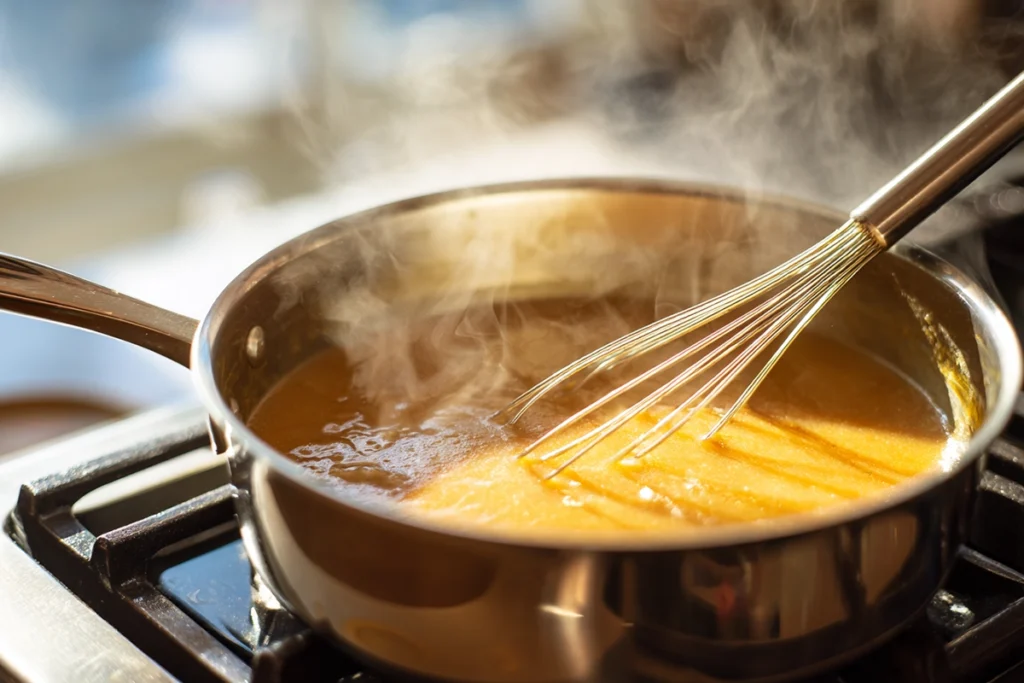
Shortcut & Time-Saving Options
If you’re craving Japanese curry on a busy weeknight, boxed curry roux cubes are your best friend. Brands like Golden Curry, Vermont Curry, or S&B are popular for a reason — they deliver authentic flavor in minutes.
Here’s how:
- Sauté your meat and veggies as usual.
- Add water or broth, then dissolve the curry cubes near the end of cooking.
- Stir until smooth and glossy.
You can even adapt this method for an Instant Pot: pressure-cook meat and vegetables for 8 minutes, release steam, and mix in the roux. Dinner is done — no fuss, no waiting.
Dietary Variations & Adaptations
Japanese curry is incredibly versatile, and with a few smart swaps, anyone can enjoy it.
Vegan or Vegetarian:
Replace meat with tofu, tempeh, or hearty mushrooms. Use vegetable broth and a vegan butter or oil-based roux. Add soy sauce and a bit of miso for depth.
Gluten-Free:
Skip boxed roux (most contain wheat). Make your own using rice flour or cornstarch and ensure your soy sauce is gluten-free (like tamari).
Low-Calorie:
Use chicken breast instead of thighs, reduce oil, and pack in extra veggies like zucchini, cauliflower, or spinach.
Halal:
Choose halal-certified chicken or beef and double-check packaged sauces for compliance. The flavor remains just as rich and comforting.
With these tweaks, Japanese curry can fit seamlessly into nearly any lifestyle.
Variations & Flavor Twists
Once you’ve mastered the basics, you can experiment with fun variations:
Katsu Curry: Top your rice and curry with a crispy breaded cutlet (chicken, pork, or tofu). The crunch adds an irresistible texture contrast.
Beef or Pork Curry: Slow-cook tougher cuts like chuck or shoulder until tender and melt-in-your-mouth.
Vegetable Curry: Swap meat for sweet potato, pumpkin, or eggplant for a cozy vegetarian version.
Curry Udon: Thin the sauce slightly with dashi broth and pour it over thick udon noodles — the ultimate winter comfort bowl.
Spice Boost: Stir in chili flakes, hot sauce, or even a bit of coffee or dark chocolate for a deeper, richer taste.
Storage & Reheating Tips
If you somehow have leftovers, Japanese curry tastes even better the next day. Store it in an airtight container in the fridge for up to three days or freeze it for a month.
To reheat, warm gently on the stove with a splash of water or broth to loosen the sauce. Avoid microwaving too long, as the starch can make the texture gummy.
Meal-preppers love this recipe — it holds up beautifully and deepens in flavor overnight.
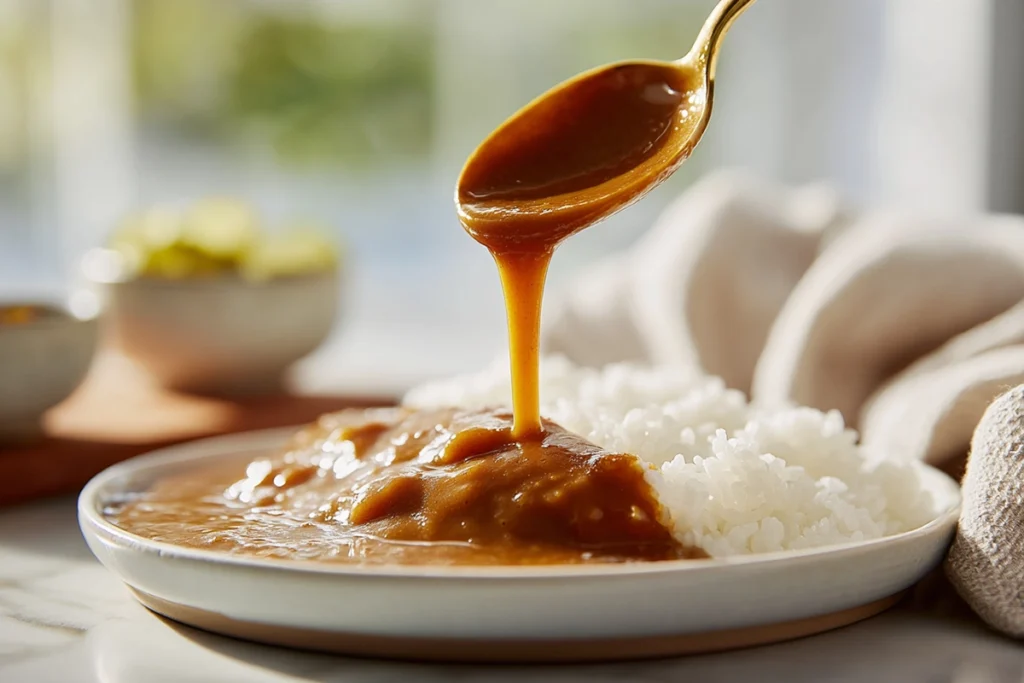
Few dishes capture the warmth and soul of home cooking like Japanese curry. It’s the kind of meal that brings everyone to the table — spoon in hand, ready for seconds. Whether you make it from scratch or use a time-saving roux, this flavorful classic is proof that comfort food doesn’t need to be complicated. Once you try it, you might just find yourself making it again before the week’s over.
FAQ
Can I make Japanese curry without using boxed roux?
Absolutely! You can make a homemade roux by cooking butter and flour together, then mixing in curry powder, garam masala, and a bit of cayenne. This gives you full control over the flavor and spice level while keeping the creamy, thick texture of traditional Japanese curry.
Why is Japanese curry sweeter than other types of curry?
Japanese curry often includes grated apple, honey, or caramelized onions, which balance out the mild spice. This sweetness is what makes it distinct from Indian or Thai curries — it’s all about comfort and depth, not heat.
How can I make Japanese curry spicier?
If you prefer more kick, add a pinch of cayenne pepper, chili flakes, or even a spoonful of hot sauce near the end of cooking. Some people also mix in spicy curry roux cubes for extra heat.
Can I freeze Japanese curry?
Yes! Japanese curry freezes well for up to a month. Let it cool completely, store it in airtight containers, and thaw in the fridge overnight before reheating. Add a splash of water or broth when warming it up to bring back that smooth, silky texture.
What’s the best meat to use for Japanese curry?
Chicken thighs are the most popular choice for their tenderness and flavor, but beef chuck or pork shoulder also work beautifully. If you’re going meat-free, tofu or mushrooms make excellent substitutes while keeping that rich curry flavor intact.
What Are Our Readers Saying?
There are no reviews yet. Be the first one to write one.

